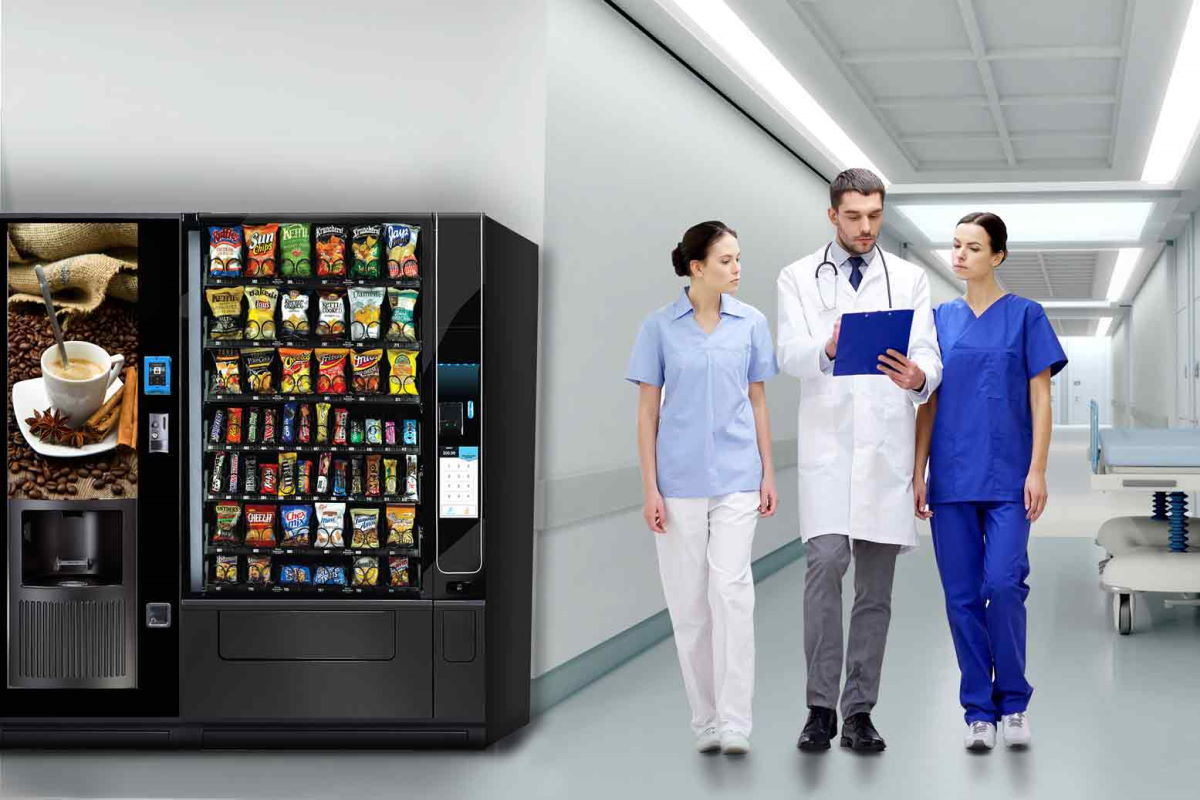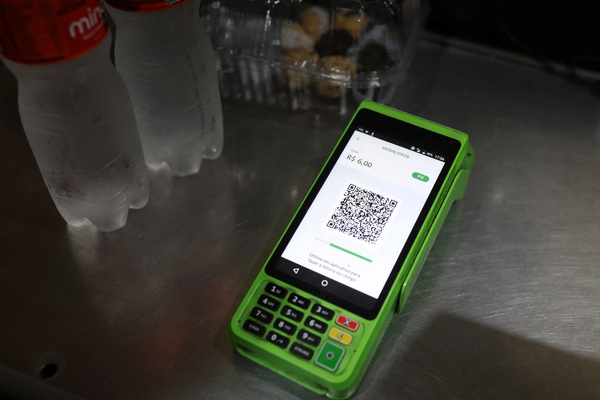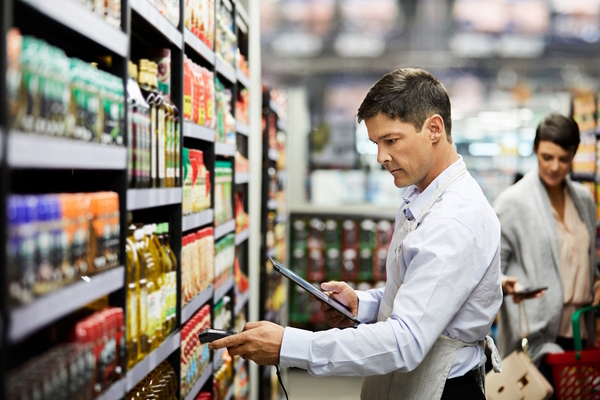The future of retail: vending innovations in a post-pandemic world

David Llewellyn, chief executive of the Automatic Vending Association (AVA) discussed the changing face of retail and the innovations in vending which could make it the go-solution in a post pandemic world.
With widespread closures affecting offices, educational facilities and town centres, the retail industry has taken a significant hit since the COVID-19 pandemic locked-down the UK in March. Despite the British Retail Consortium recording steady increases in activity for some retailers since the initial lockdown eased, has the pandemic changed the industry forever?
However, changing demands in hygiene, accessibility and product scope, could mean that the support and innovation the vending industry has to offer could become what consumers turn to post-COVID. From cashless or contactless machines all the way to new innovative offers in micro-markets, vending has a significant part to play in revolutionising retail, post-pandemic.
Vending, despite appearances, has always been driven by technological developments. The plain metal box people associate with vending has changed in a huge number of ‘hidden’, ways. With the addition of screens to provide product information, plus cashless and even contactless technology. This is the most obvious and was around long before COVID made the majority of us favour cash-free transactions.
As of 2020, 36% of all vending machines now take cashless payment and payment providers say 64% of all transactions are now cashless. Cashless payments also stretch further than card payments to phone – with phone payment jumping from 8% to 23% according to our 2019 AVA Census.
In relation to the COVID-19 pandemic, contact/cashless vending has been crucial. The World Health Organisation (WHO) along with national governments stressed the importance of contact-free payments when the pandemic hit, stating contactless card and mobile payment systems are the safest way to pay. This form of transactional payment may continue in the COVID-recovery effort and make lasting change on how we pay for products.
Product scope is another factor that plays a part in the change to retail by vending. Although ‘bread and butter’ products remain popular in vending, such as soft drinks and confectionery, the industry is seeing significant leaps in demand for healthier and niche snacks as well as broadening product lines.
For example, the demand for PPE products in vending machines has risen since the pandemic arrived and shows no sign of slowing down, in order that the public can access masks and sanitiser products on-the-go. Other products currently entering the market include new, non-food, products such as phone accessories, stationery, trainers, clothes and jewellery, to name a few.
With more vending companies expanding product lines, the less reliant consumers will be on purchasing in shops where products may have been in contact with a great number of people. As vending machines are stocked by one highly qualified cleaning and maintenance worker at a time, it significantly decreases the spread of infection. Plus, the products sit in the machines sometimes for several days again, reducing the likelihood of transfer.
Most new vending machines now use state-of-the-art screen technology as a replacement for keypads. These new screens also provide a more visual consumer interface which can clearly outline individual product nutrition or allergen information or, in these virus-conscious times, can provide ‘proximity’ or touchless product selection.
This level of technology in vending not only shows the industry is future-proofing but ready for a future where contactless interaction and customer safety is at the helm of the retail customer experience.
Micro-market vending - a custom designed vending market or mart with a self-checkout kiosk – has continued to grow over recent years, with a 350% increase since 2017. These provide individuals with a convenience shop feel with broad product or meal options and associated prices.
In a post-COVID-19 workplace, for example, micro-markets are likely to play a greater role to provide refreshments to employees, if traditional canteen facilities are forced to remain closed or appetite to return to these is low. Micro-markets can therefore be a great catering alternative, to provide a mix of smart catering systems and traditional vending.
As we get more accustomed to flexible ways of working, it is also likely that core office hours and designated breaks will be a thing of the past, to enable employees to maintain the autonomy they have got used to while working remotely. With this in mind, it is important to implement workplace catering solutions which can keep up and a micro-market is an accessible and progressive option for workplaces of the future.
Looking further into the future of micro-markets are retailers looking to expand current bases, or switch to entirely to 24-hour, self-operating markets. These purpose-built environments, such as those from URToGo, is the consumer-facing answer to flexible and COVID-safe retail.
Three key innovations; cashless, contactless and micro-markets with vending machines, provide growing product scope available for the consumer and business audience. Together these equal a notable leap towards a new direction in retail and the vending industry has the foresight and drive to continue its advances for the benefit of the consumer in the years to come.
 Main image courtesy of Automatic Vending Association (AVA)
Main image courtesy of Automatic Vending Association (AVA)
Business Reporter Team
Most Viewed
Winston House, 3rd Floor, Units 306-309, 2-4 Dollis Park, London, N3 1HF
23-29 Hendon Lane, London, N3 1RT
020 8349 4363
© 2025, Lyonsdown Limited. Business Reporter® is a registered trademark of Lyonsdown Ltd. VAT registration number: 830519543





